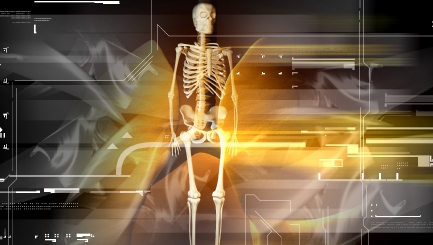Osteoporosis: Not Just an Ageing Condition
 Some conditions seem to be linked with our age, but a well-known bone problem could strike our wellness at any age if we are at risk of it. Bones tend to become weaker over time, making falls a more serious threat to wellbeing as we get older, although falling can also be dangerous to both the young and old if they have osteoporosis.
Some conditions seem to be linked with our age, but a well-known bone problem could strike our wellness at any age if we are at risk of it. Bones tend to become weaker over time, making falls a more serious threat to wellbeing as we get older, although falling can also be dangerous to both the young and old if they have osteoporosis.
Bone cycles
Our bones don’t just grow and stay the same over the course of our life. They are continually renewing and adapting to changes in our body, like weight loss or gain. It’s true that they stop growing in length when we reach 16 to 18-years old, but they continue to gain density until well into our 20s. By the age of 35, we can start to lose some of this density, making bones more fragile and easier to break over time.
When is thin, too thin?
Losing bone density is a natural process that occurs to most people at differing rates as we age. But, when does thinning bone density become osteoporosis? If your GP thinks you could be at risk of the condition, you might be sent for a painless scan to check the density of your bones. The results will show whether your wellness could be affected by thinning bone density, giving you an opportunity to protect your health.
Risk factors
As bones can depend on our diet for their strength it’s always important to eat a varied diet that includes calcium and a wide range of vitamins and nutrients to feed bone cells. People who drink and smoke tend to suffer more from the condition as toxins affect bone health. Some medications have also been linked with osteoporosis – like long-term use of oral prednisolone – and if you have a family history of the disease or suffer from malabsorption issues you may be at higher risk of bone problems.
Treatments
Prevention can help with osteoporosis, so eat well and exercise, but if you have already been diagnosed with the condition then you may be offered medication that aims to increase your bone density. We can also try to avoid falls by removing tripping hazards in our home and making sure our eyes are tested so our vision remains sharp, meaning we can see well and hopefully trip less often.


Comments are closed.